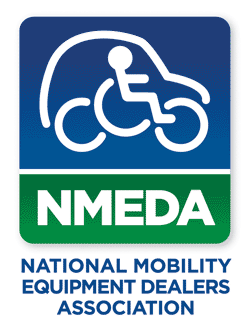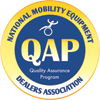
1000 Main St Bridgewater, MA 02324
Call (508) 697-6006 for sales or call (508-697-8324 for 24 hour service.
Email Us: shop@ai1.com
Service - M - F 8:30AM to 4:30PM Sales - M - F 9:00AM to 6:00 PM


| Automotive Innovations | 1000
Main St. Bridgewater, MA 02324 (508) 697-6006 |
||
| New England's Premier Adaptive Dealer. | Certified
Collision & Auto Body Repair Center |
|
|
| Cerebral Palsy |
Cerebral Palsy (CP) applies to a number of non-progressive motor disorders present from birth. The involvement varies widely from person to person. The person with CP may or may not be a wheelchair user. Frequently special vehicle adaptations are necessary for independent driving. The person with CP may also have impairments in the areas of vision, perception (how the brain interprets what the eyes see) or learning. Adaptive equipment is frequently used for physical problems. A spinner knob can be attached to the steering wheel to allow controlled steering with the use of one hand. A left gas pedal may be used if a person is unable to use the right foot for gas or brake. Hand controls may be indicated for the person unable to use either foot for gas or brake. Specialized modifications can also allow a person to transfer to the driver seat or drive from the wheelchair in a van or minivan. Common factors that can affect safe driving: •Limited range of motion and strength If you or those that drive with you notice any of the above warning signs and need a driving evaluation, give us a call at 508-697-6006 and we can, help you with with knowledge about medical conditions, and help with a comprehensive evaluation and determine your ability to drive.
|
 |
Our Location: 1000 Main St Bridgewater, MA 02324 Call (508) 697-6006 for sales or call (508-697-8324 for 24 hour service. Email Us: shop@ai1.com Service - M - F 8:30AM to 4:30PM Sales - M - F 9:00AM to 6:00 PM |
|||
  |
||||